Latest GraphRAG, RAG and Knowledge Graphs news, case studies and insights.

VirtuousAI, an ethical AI platform, leverages FalkorDB to create a centralized data store for public and private data, enabling high-performance

XR.Voyage is a cloud-hosted immersive experience platform that aims to gamify exploration, interaction and transformation of your data sets. They

Matthew Goos, the CTO of AdaptX, explains how his company uses FalkorDB as a core component of its solution. AdaptX

VirtuousAI, an ethical AI platform, leverages FalkorDB to create a centralized data store for public and private data, enabling high-performance

XR.Voyage is a cloud-hosted immersive experience platform that aims to gamify exploration, interaction and transformation of your data sets. They

FalkorDB achieves SOC 2 Type II certification, demonstrating enterprise-grade security controls for multi-tenant graph database operations and mission-critical applications.

Developers voted FalkorDB HackerNoon Startup of the Year 2024 for Tel Aviv after shipping sparse-matrix storage, AVX-accelerated queries, and multi-tenant
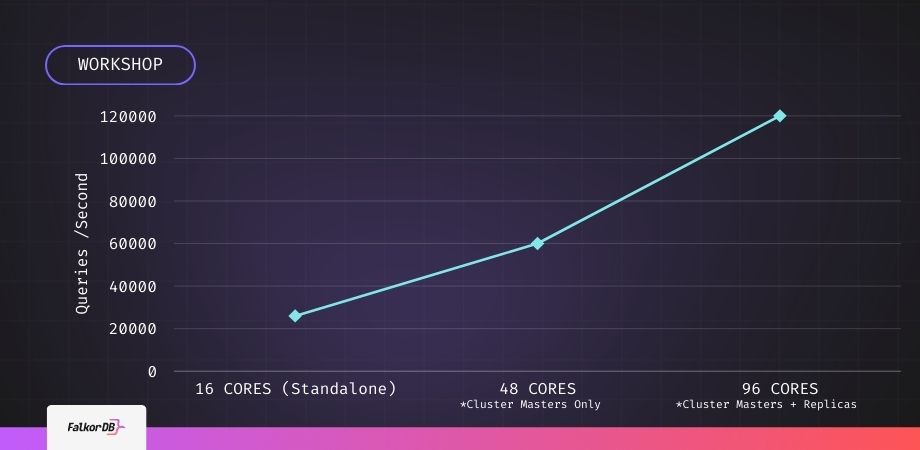
Hands-on look at Multigraph Topology: how key-space slots isolate customer graphs, why replicas sustain 120 K QPS, and when to

NFalkorDB v1.0.0 lets you run FalkorDB graph queries directly from .NET using C# extension methods—no wrappers, no cache layers, no

FalkorDB achieves SOC 2 Type II certification, demonstrating enterprise-grade security controls for multi-tenant graph database operations and mission-critical applications.

Developers voted FalkorDB HackerNoon Startup of the Year 2024 for Tel Aviv after shipping sparse-matrix storage, AVX-accelerated queries, and multi-tenant

Graphiti now supports FalkorDB backend for multi-agent environments, addressing performance and isolation requirements in production AI agent deployments with sub-10ms

Knowledge graphs represent complex relationships as nodes and edges. This workshop demonstrated practical implementations through two systems: VCPedia for venture

Bank of America proves small LLMs and GraphRAG deliver scalable, compliant AI with low latency and precise context retrieval in

MCP simplifies how LLMs access tools and graph databases. Learn how FalkorDB’s MCP server enables structured, scalable AI integrations.

Graph Query Language demystified: learn how FalkorDB simplifies querying for LLM and GraphRAG workflows using Cypher-like syntax.
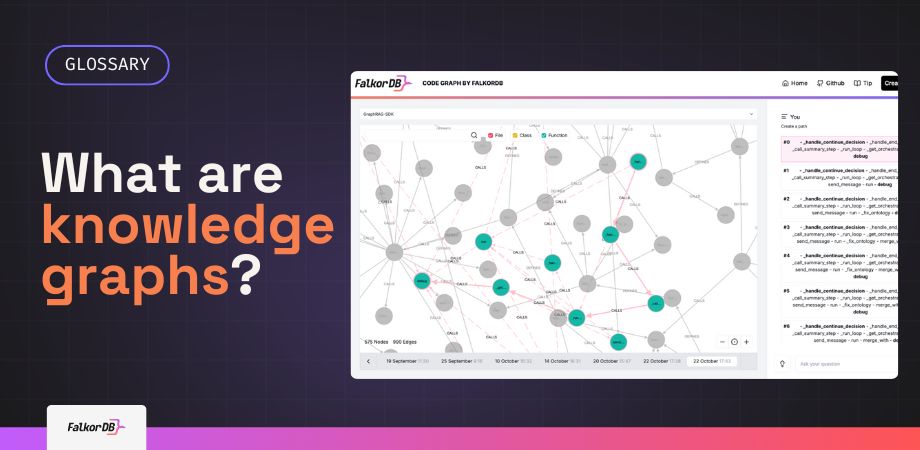
A developer-focused guide to understanding and using knowledge graphs for GraphRAG, LLM integration, schema design, and high-precision retrieval in 2025.
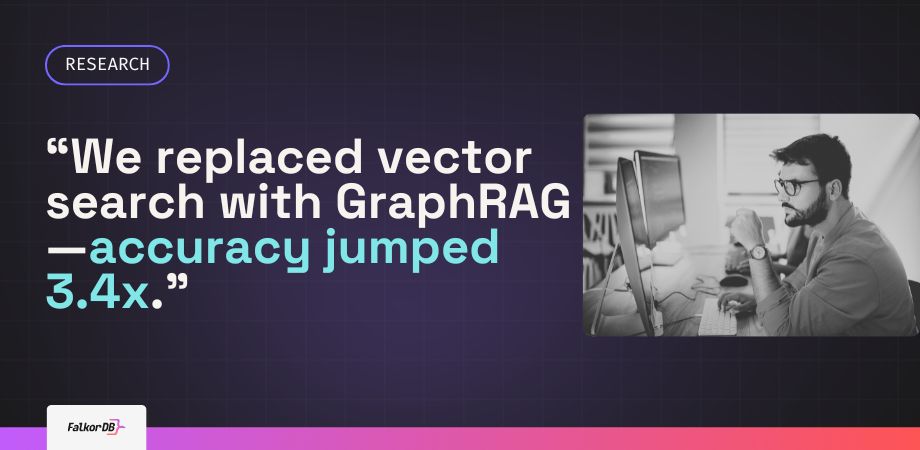
Diffbot’s KG-LM Benchmark showed GraphRAG outperforming vector RAG 3.4x. FalkorDB’s 2025 SDK pushes that to 90%+ accuracy for schema-heavy enterprise

Without AI-ready data, most generative AI projects fail. Learn to standardize enterprise data with graph databases like FalkorDB for scalable

Learn about integrating Graph Neural Networks (GNNs) with LLMs for precise relational modeling and improved AI performance in fraud detection,

The latest KPMG AI Report highlights data quality and privacy as major roadblocks. Discover why GraphRAG is essential for enterprise

Understand ACID transactions. Learn how isolation levels impact data consistency in your applications, plus choosing the right model.
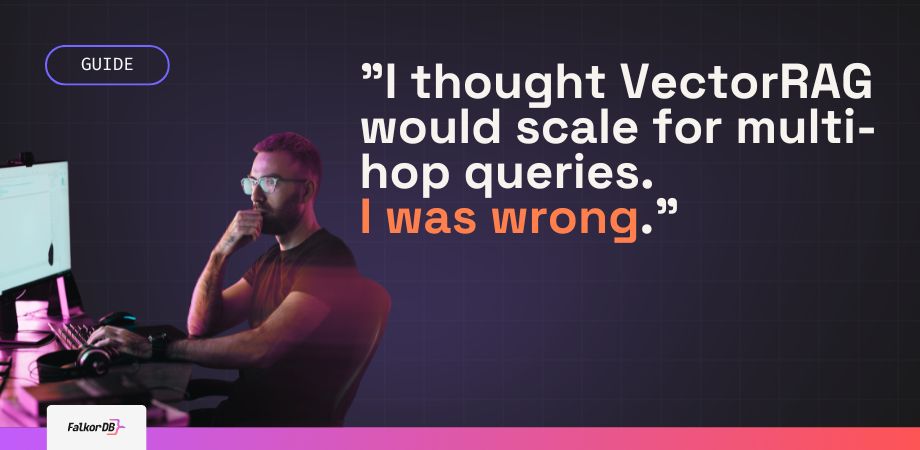
A technical deep-dive comparing VectorRAG vs GraphRAG architectures across 10 critical engineering dimensions, helping AI architects make data-driven decisions for

Discover how to implement GraphRAG using FalkorDB’s hybrid query capabilities combined with LangChain and LangGraph to build AI systems that
Learn what a graph database is and how to deploy FalkorDB graph databases on AWS/GCP, run Cypher queries, and benefit

NoSQL database architectures overcome relational limitations with schema flexibility and distributed processing. Learn how graph, document, key-value, and columnar NoSQL

Learn about graph clustering algorithms: hierarchical, modularity-based, label propagation, spectral, and edge betweenness. Analyze their strengths, weaknesses, and optimal use
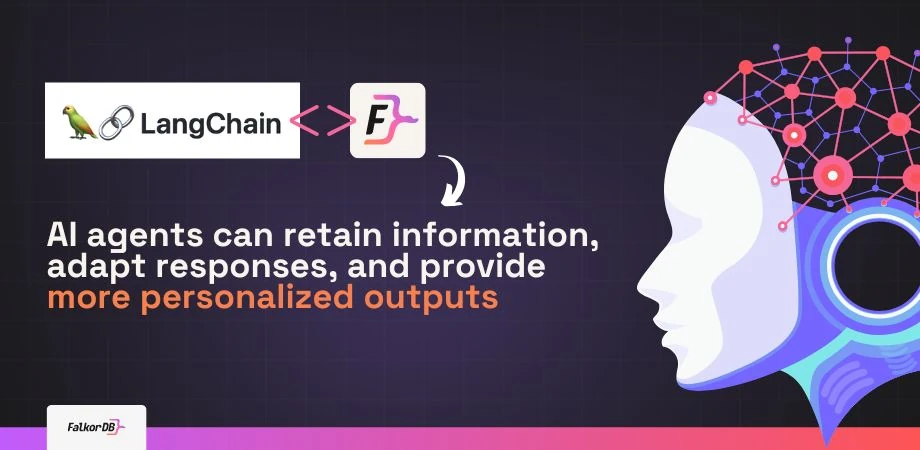
Learn to build AI agents with memory using LangChain and FalkorDB. This integration enables context-aware AI applications, leveraging graph databases

Explore RedisGraph EOL in this dev guide with practical migration steps and technical validation tips for switching to FalkorDB.

Explore practical methods to reduce GraphRAG Indexing Costs, including query optimization, efficient indexing techniques, and scalable LLM integration for graph
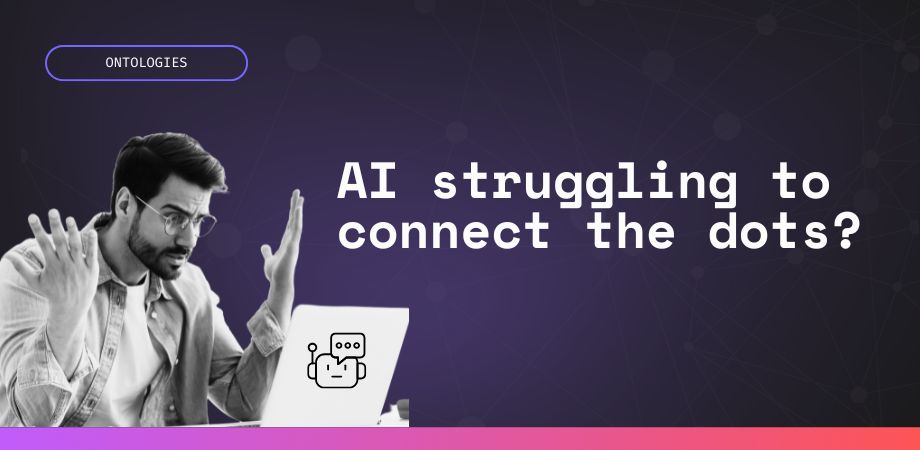
Dive into ontologies, the semantic blueprints of knowledge graphs. Discover how they structure entities, relationships, and axioms to power intelligent
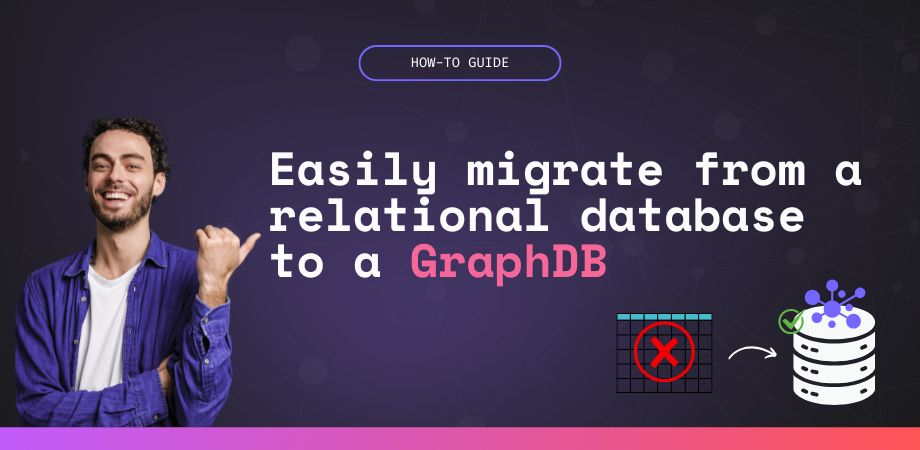
Discover the process of migrating from a relational database to a graph database. This guide covers schema analysis, data transformation,
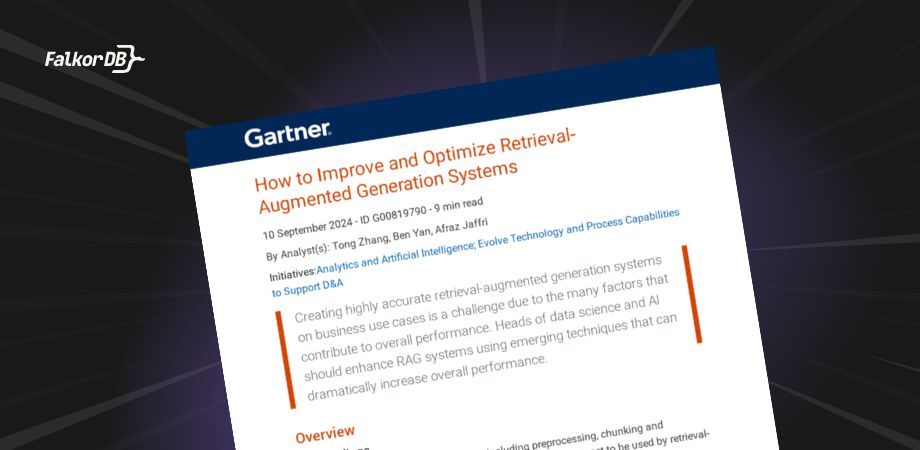
Graph RAG emerges as a powerful solution to Gartner’s RAG system challenges, offering improved data representation, retrieval mechanisms, and context

Technical analysis of graph database benchmarks comparing FalkorDB and Neo4j performance metrics. FalkorDB achieves 500x faster p99 and 10x faster

Discover how to leverage LlamaIndex RAG with FalkorDB to create efficient GraphRAG systems. Enhance LLM performance with knowledge graph-powered retrieval

At FalkorDB, we are redefining the boundaries of what’s possible with graph databases. Our advanced, ultra-low latency solution is designed

Explore how AI agents leverage memory systems and graph databases to maintain context, process relationships, and make autonomous decisions. Analysis

When building AI-driven systems, FalkorDB vs Neo4j graph databases offer different advantages. Find the best fit for your AI needs.

Knowledge graph visualization offers deep insights, enhancing decision-making for AI applications with FalkorDB.

Unstructured data is all the data that isn’t organized in a predefined format but is stored in its native form.
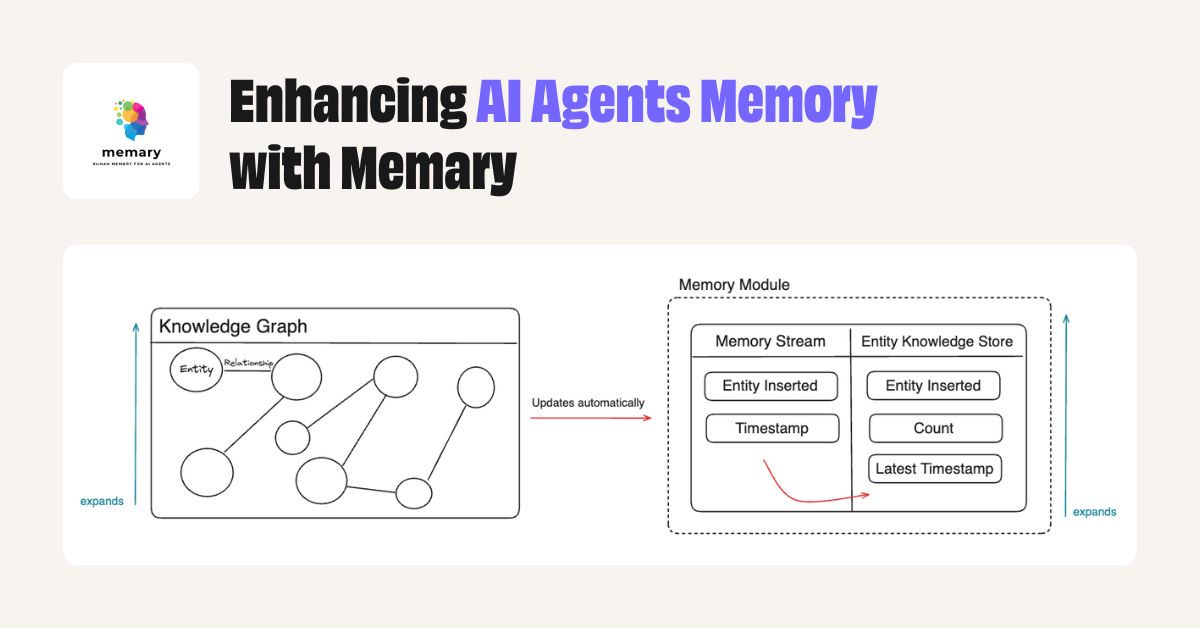
Memary is an open-source memory layer designed for AI agents, focusing on emulating human memory processes to enhance agent capabilities.

Knowledge graphs have become a game-changer in building Retrieval-Augmented Generation (RAG) applications, often referred to as GraphRAG. These applications enhance

FalkorDB-Browser 0.7.0 packs new features and improvements to improve your graph database workflow. Try FalkorDB-Browser and take advantage of faster

Edges in FalkorDB enable efficient graph representation and traversal using GraphBLAS tensors. Learn how FalkorDB uses GraphBLAS to support advanced

Driving meaningful insights from vast amounts of unstructured data has often been a daunting task. As data volume and variety

We’re thrilled to announce that FalkorDB-Cloud has added full support for clusters on Google Cloud Platform (GCP)! This update brings scale-out capabilities, multi-tenant architecture, and multi-graph

We’re excited to announce the release of GraphRAG-SDK v0.2, packed with powerful new features that take knowledge graph-based AI applications
Ultra-fast, multi-tenant graph database using sparse matrix representations and linear algebra, ideal for highly technical teams that handle complex data in real-time, resulting in fewer hallucinations and more accurate responses from LLMs.
USE CASES
SOLUTIONS
Simply ontology creation, knowledge graph creation, and agent orchestrator
Ultra-fast, multi-tenant graph database using sparse matrix representations and linear algebra, ideal for highly technical teams that handle complex data in real-time, resulting in fewer hallucinations and more accurate responses from LLMs.
COMPARE

CTO at Intel Ignite Tel-Aviv
I enjoy using FalkorDB in the GraphRAG solution I'm working on.
As a developer, using graphs also gives me better visibility into what the algorithm does, when it fails, and how it could be improved. Doing that with similarity scoring is much less intuitive.
Dec 2, 2024
Ultra-fast, multi-tenant graph database using sparse matrix representations and linear algebra, ideal for highly technical teams that handle complex data in real-time, resulting in fewer hallucinations and more accurate responses from LLMs.
RESOURCES
COMMUNITY